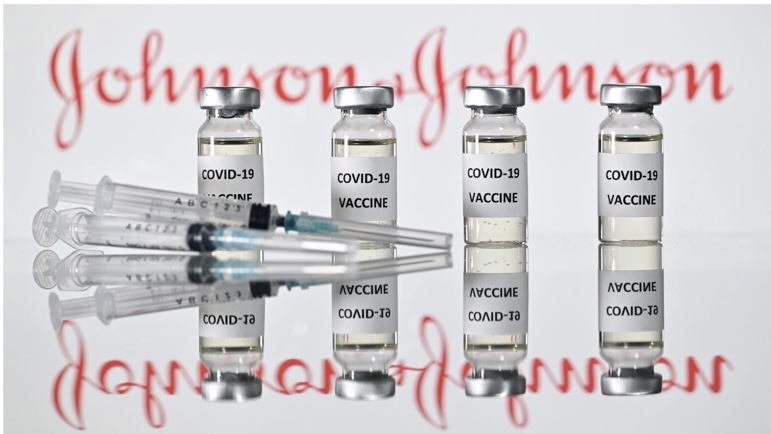What to know about the Johnson & Johnson COVID-19 Vaccine
With the recent release of the new J&J one shot COVID vaccination, there are a few things you need to know and watch out for if you are considering getting this vaccine.
April 22, 2021
Accessibility
Due to the increasing demand of the vaccines, facilities have limited and little to no doses of Pfizer and Moderna because both vaccines require 2 shots and are needing to be stored at cold temperatures. On the contrary, the accessibility of J&J is higher because it is only requiring one shot and does not need to be stored in colder temperatures.
Effectiveness
The good thing about the J&J vaccine is that it only requires on shot, unlike the Pfizer and Moderna vaccines. On the other hand, this reduces the effective rate to about 63% while Pfizer and Moderna’s rates are about 90% effective in reducing the spread, symptoms, and deaths from COVID-19.
Side Effects
Upon getting the vaccines, whether it be from J&J or Pfizer/Moderna, you will experience mild symptoms of the virus. Some common symptoms include pain, redness, and swelling in the arm where you received the shot, as well as tiredness, headache, muscle pain, chills, fever, and nausea throughout the rest of the body. These side effects could affect your ability to do daily activities, but they should go away in a few days. Unfortunately, J&J has some unique and sometimes life threatening side effects. In some cases, specifically women, the vaccine is suspected to cause blood clots. 6 reported and confirmed cases of blood clots in women after 6-13 days after receiving the shot has caused J&J to place a halt on production in the United States until further notice.




